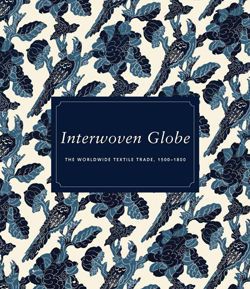Chasuble
Not on view
This colorful chasuble– the tabard-like garment worn by a Roman Catholic priest– is composed of an older fabric, carefully cut, seamed, patched, and repurposed here. A figurative satin brocade, it is decorated with a repeat pattern of motifs from classical mythology: naked Hercules fights the Nemean lion, whilst Apollo, in glory, is seated in a grotto on mount Parnassus; around a dolphin-tailed fountain of life cavort unicorns, peacocks, leopards and turkeys, flanked by tulips, palm and cypress trees. Another fragment of textile brocaded with a very similar design is in The Met's collection (52.29.2). The central embroidered orphrey strips on front and reverse seem to have been created expressly for this garment, countering the pagan elements with Christian symbols, which nonetheless sympathetically pick up the brocade's palette and motifs from nature. On the front of the chasuble, the IHS monogram (standing for Jesus Christ) appears above a phoenix rising from ashes (alluding to Christ's resurrection), a red rose (symbol of his mother, the Virgin Mary), a mother pelican feeding her young with blood from her pierced breast (referring to the Christian belief that God sacrificed his son, Jesus, to save humankind), and a pomegranate (whose many seeds represented the souls redeemed by Christ's sacrifice). On the reverse, the crowned MA monogram (for the Virgin Mary) replaces IHS, while at the top of the orphrey is seated the crowned Lamb of God, carrying the banner of the resurrection. The inscription "Qui pascis inter lilia" ([Jesus] "who feeds amongst the lilies") comes from a medieval hymn, Jesu Corona Virginum, based on a fourth-century Latin text.
This image cannot be enlarged, viewed at full screen, or downloaded.
This artwork is meant to be viewed from right to left. Scroll left to view more.




